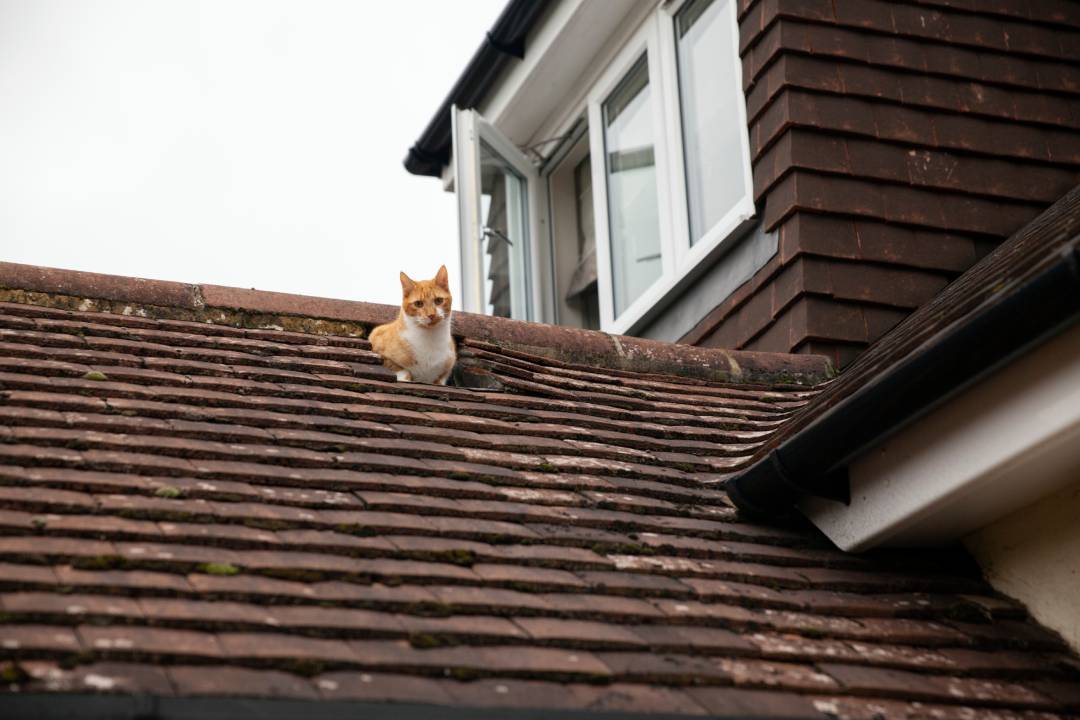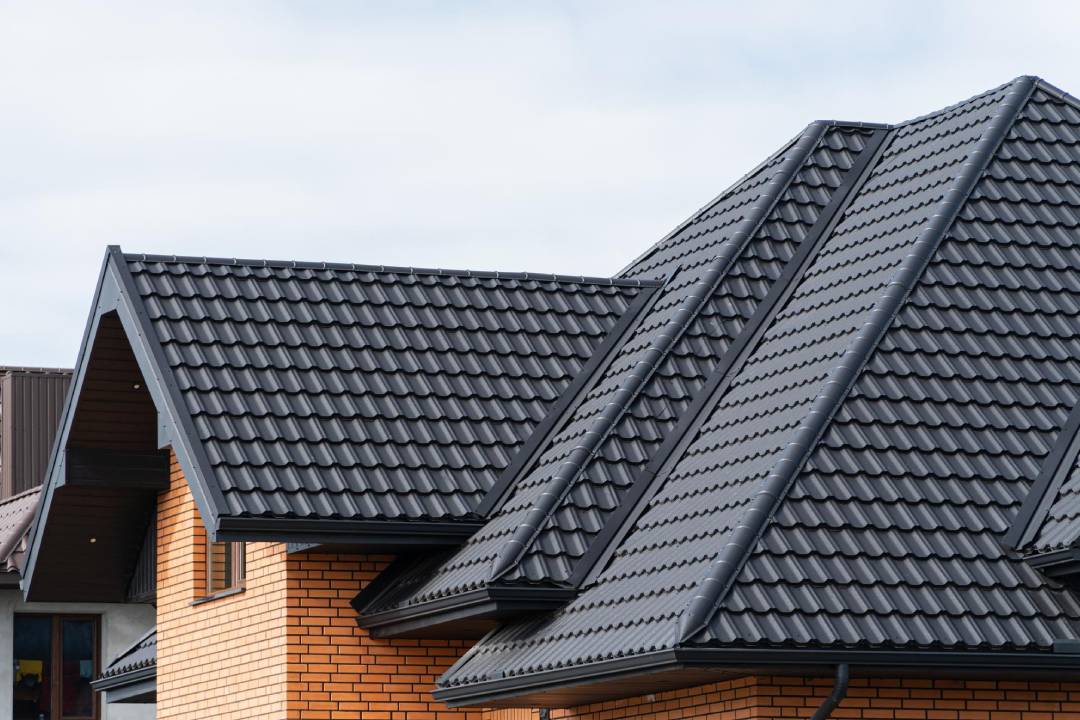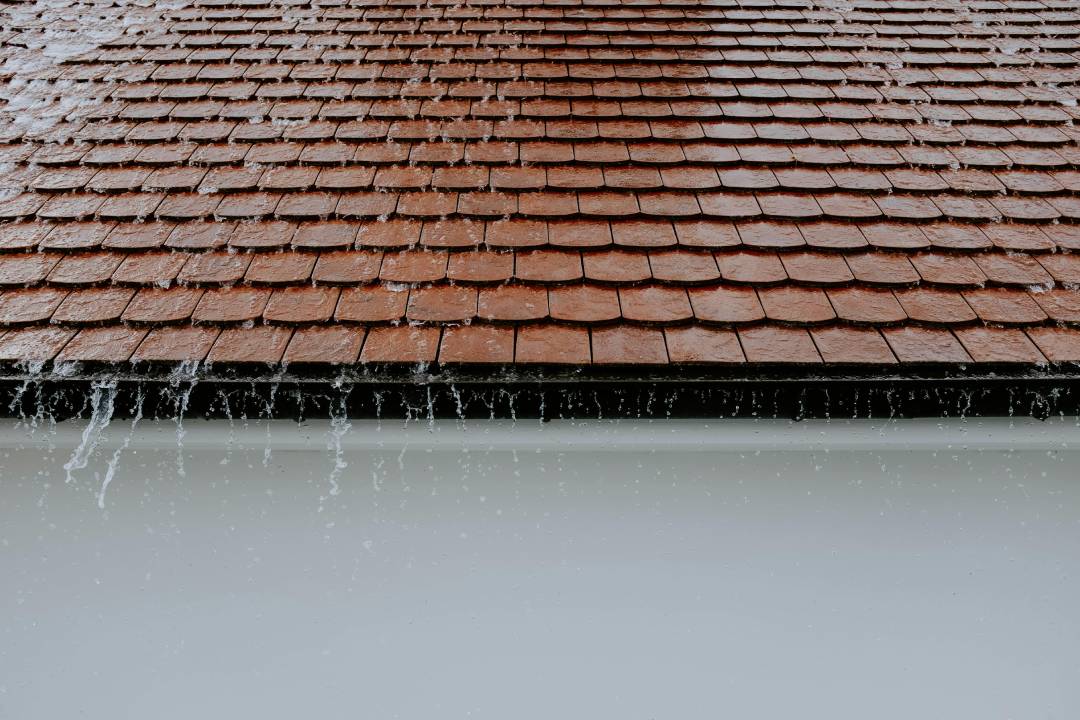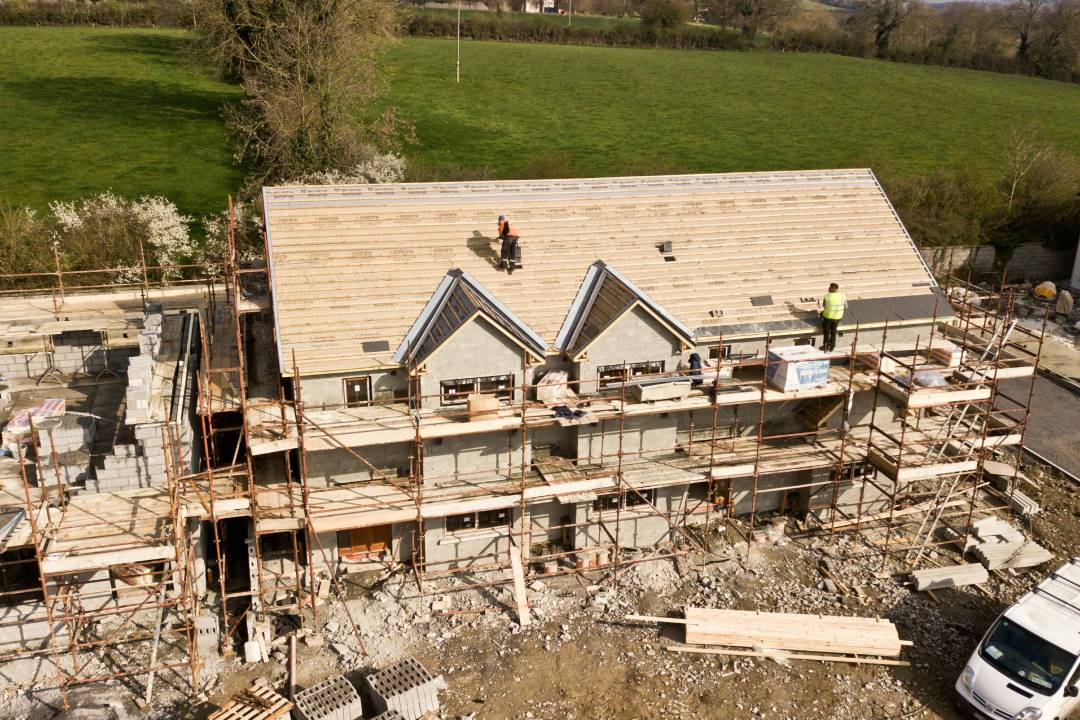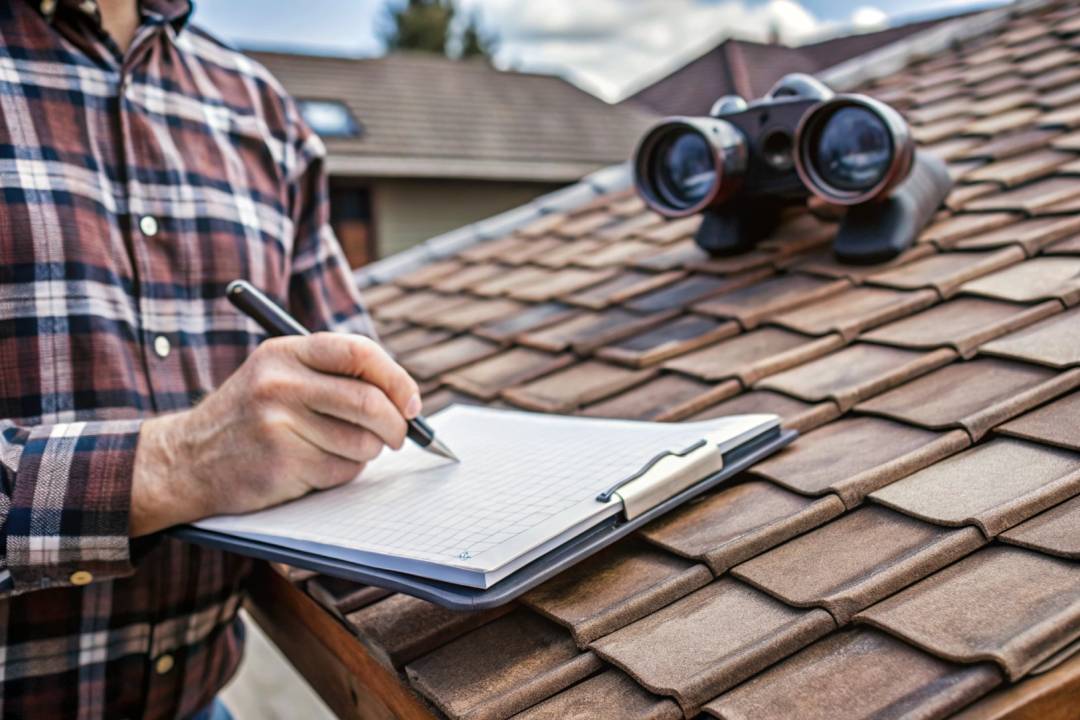Have you ever looked up at your ceiling and seen a small wet spot and thought, “It’s probably nothing”? You’re not the only one; a lot of homeowners ignore small roof leaks because they don’t look like they could be a big deal. But the truth is that even the smallest drip can be a sign that something bigger is going on above your head.
A small stain or drip can quickly turn into serious structural damage, mold growth, and expensive repairs. The scary part? Most of the time, the leak has been going on for weeks or even months before you see the signs inside your home.
We’ll talk about why you should never ignore small roof leaks, the hidden dangers they pose, and most importantly, how to find and fix them early so they don’t become big problems.
How Little Roof Leaks Happen
Most roof leaks don’t just happen out of the blue. They usually start with small problems:
- Shingles that are old, broken by hail, or blown off by high winds
- Flashing around chimneys, vents, or skylights that is broken
- Water is getting back under the shingles because the gutters are clogged.
Bad sealing along the seams or valleys of the roof
These problems may not seem like a big deal on their own. But every time it rains, water gets in through those weak spots. Over time, the wood decking, insulation, and drywall under your shingles will soak up water like a sponge.
It’s like a slow leak on a paper towel. You don’t really notice it at first. But after a while, the towel can’t take it anymore and tears. That’s how small leaks can cause big, costly damage.
1. Damage to the structure is one of the risks of ignoring a leak.
Water is sneaky. Once it gets past your shingles, it spreads quickly through the wooden beams, attic joists, and even the foundation of your home. Wood starts to lose its strength, warp, and rot over time. If you don’t fix that small leak, it could hurt the bones of your house.
2. Growth of mold and mildew
Mold grows best in dark, damp places like attics and insulation. Mold can cause health problems like allergies, respiratory issues, and other problems in addition to making things smell bad. Even worse, once it spreads, getting rid of it is very hard (and costly).
3. Loss of energy efficiency
Wet insulation doesn’t work as insulation. When leaks get through the insulation in your attic, your heating and cooling system has to work harder. That means your family will be less comfortable and pay more for energy.
4. Problems with pests
Moisture doesn’t just bring mold; it also brings pests. Termites, carpenter ants, and mice all like wood that is soft and wet. A leak in your roof can let in pests you never saw coming.
How to Find a Small Leak Before It Gets Big
Finding problems early is the key to avoiding disaster. Homeowners should look for these warning signs:
- Stains or changes in color on the ceiling (yellow or brown spots)
- Paint that is peeling or wallpaper that is bubbling
- Insulation in the attic that is wet
- A smell like mold, especially after it rains
- Shingles that are missing, curled, or cracked are signs of damage.
Tip: After a big storm, check your attic often. A faint smell of dampness could mean there is a leak.
What to Do If You Think There Is a Leak
If you see signs of a leak, you need to act quickly. Here’s a smart way to go about it:
Step 1: Stop the Damage
Put a bucket or container under any active drips to stop more damage from happening inside. If water is spreading across the ceiling, use a screwdriver to make a small hole so it can drain into the bucket instead of pooling.
Step 2: Write down everything
Write down and take pictures. You might need these records later if you need to file an insurance claim.
Step 3: Call a roofing contractor who knows what they’re doing.
A lot of homeowners make the mistake of trying to fix the problem themselves. Fixing things yourself might stop the leak for a while, but it almost never gets to the bottom of the problem. A licensed roofer can look at your roof, find the problem, and suggest long-term fixes.
Dimensional Pro has been seen many times when a quick call could have saved homeowners thousands of dollars. It’s always cheaper and less stressful to detect problems early than to fix or replace a roof later.
How to Stop Leaks Before They Happen
The best way to fix roof leaks is to not let them happen in the first place. Here are some things you can do to stop this from happening:
- Plan regular roof inspections, at least twice a year and after big storms.
- Make sure your gutters are clear so that water can flow off your roof.
- Cut back branches that hang over and can scrape shingles or fall during storms.
- Check the ventilation in your attic to stop moisture from building up inside your home.
- Storm damage can happen, so keep an eye out. Hail and wind can weaken shingles even if they look fine from the ground.
- Like insurance for your roof, prevention costs a little bit now but can save you a lot of money later.
Conclusion
Small roof leaks may not seem like a big deal, but they are. Even the smallest drip can cause a lot of damage, like mold, higher energy bills, and pest problems.
The good news is? You can stop them early if you want to. You can keep your home, family, and peace of mind safe by paying attention to warning signs, acting quickly if you think there might be a leak, and keeping up with inspections and maintenance.
Your roof is the first thing that protects your home. Don’t let a small leak turn into a big problem. Dimensional Pro offers free, no-obligation roof inspections. If you think there might be a leak or just want to be sure your roof is in good shape, call them today. We’ll look at every part of your roof and help you keep small problems from becoming big ones.
Frequently Asked Questions
Q: Can I fix a small leak in the roof myself?
A: DIY fixes might work for a little while, but they almost never fix the main problem. A professional check makes sure the leak doesn’t get worse.
Q: How often should I check my roof?
A: At least twice a year, once in the spring and once in the fall. Also, plan an inspection after big storms.
Q: Is a roof leak the only thing that can cause a ceiling stain?
A: Not all the time. Stains like these can also happen when plumbing leaks. A professional inspection can find the exact cause.
Q: What is the worst thing that could happen if you ignore a small leak?
A: The most serious long-term risks are damage to the structure and mold growth. Fixing these problems is often much more expensive than fixing the leak itself.


